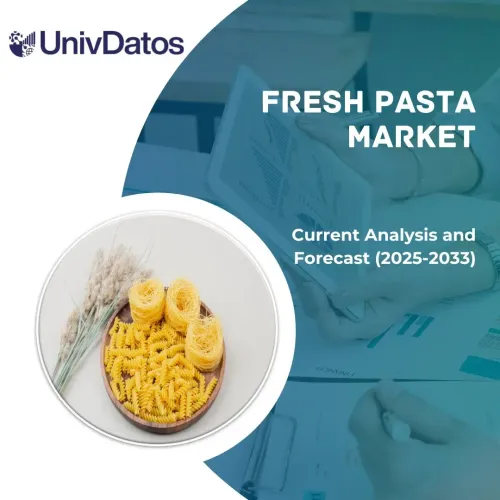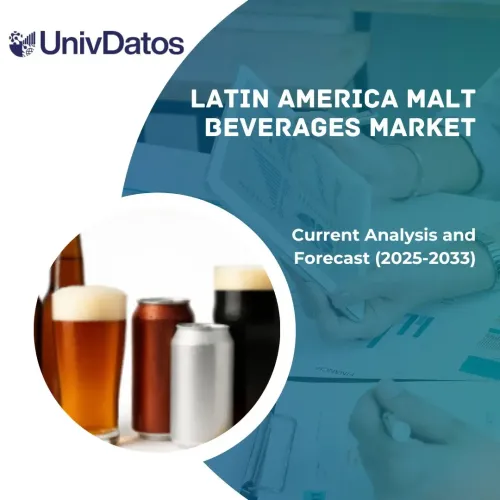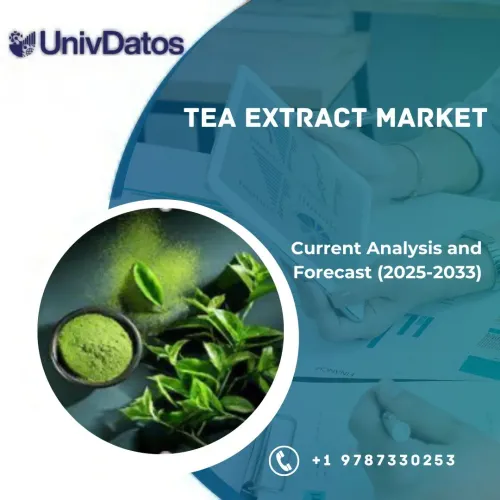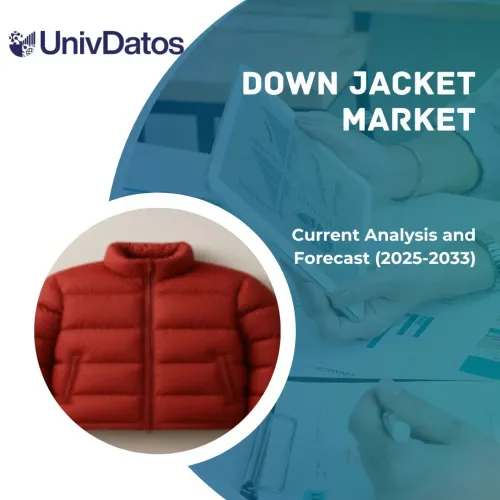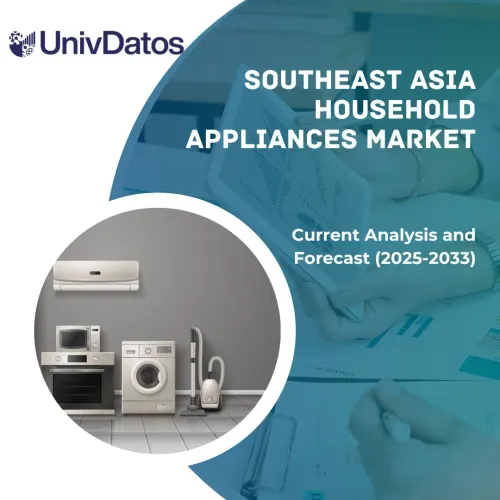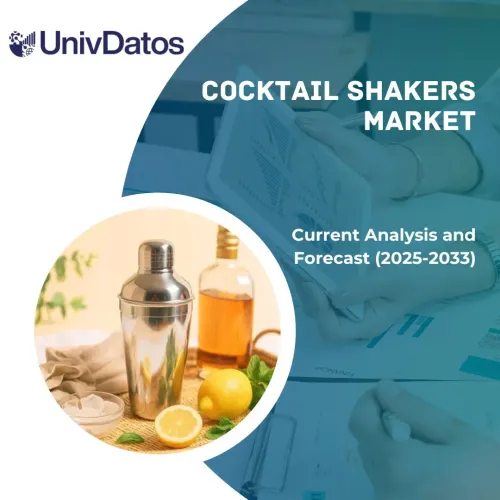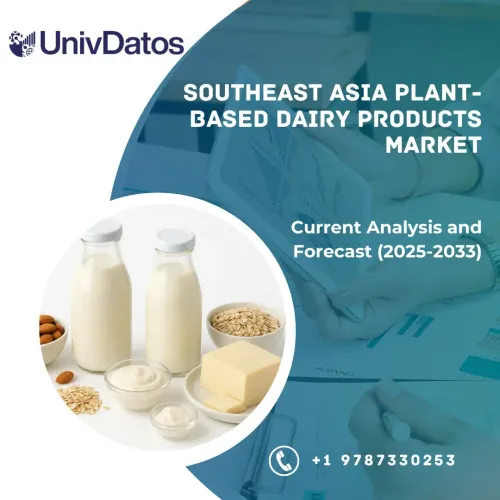- Home
- About Us
- Industry
- Services
- Reading
- Contact Us
India Alcoholic Beverage Market: Current Analysis and Forecast (2025-2033)
PRODUCT [Beer(Ale, Lager, Hybrid), Wine (Sparkling, Fortified, Others), Distilled Spirit (Rum, Whiskey, Vodka, Others)]; ORIGIN (Indian Made Foreign Liquor (IMFL) ,Foreign Liquor Bottled in Origin (BIO), Country Liquor); DISTRIBUTION CHANNEL (Offline Distribution Channel, Online Distribution Channel, On-Premises)
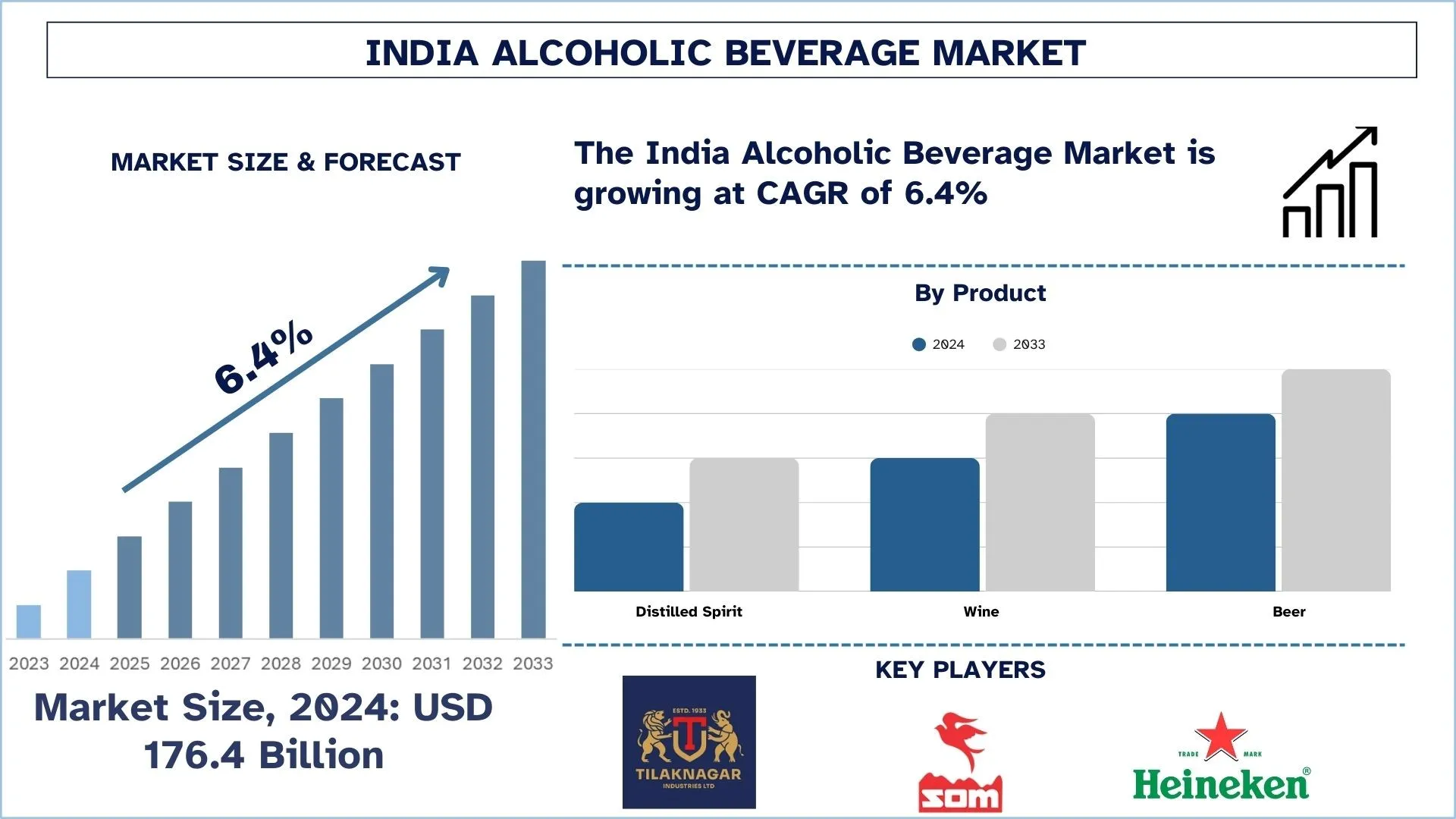
India Alcoholic Beverage Market Size & Forecast
The India Alcoholic Beverage Market was valued at USD 176.4 billion in 2024 and is expected to grow at a strong CAGR of around 6.4% during the forecast period (2025-2033), owing to the rising urbanization and changing lifestyles.
India Alcoholic Beverage Market Analysis
India is the biggest manufacturer of Alcoholic Beverages in the world. The Alcoholic Beverages market has matured in India over the years, but it is still highly confined to limited varieties. India has the third-largest alcohol market in the world. Furthermore, the increased consumption of alcohol among the population is anticipated to propel the demand for Alcoholic beverages in the forthcoming years. For instance, as per the Health and Family Welfare Statistics (HFWS) report, the percentage of the population of men and women in the 15-49 years who drink alcohol about once a week was found to be 45.2% and 55.1% respectively for women and men of Arunachal Pradesh. For women and men in Nagaland, the percentage of the population who drink alcohol about once a week in the 15-49 age group was found to be 65.5% and 46.4%, respectively.
India Alcoholic Beverage Market Trends
This section discusses the key market trends that are influencing the various segments of the India Alcoholic Beverage market, as identified by our team of research experts.
Rapid premiumization and growth of craft segments.
The Indian market for alcohol shows quick moves toward premium products while craft versions expand rapidly. During urban consumption, people tend to buy high-end, unique products that deliver authentic tastes and elevated beverage experiences. Premium beer brands, along with handmade liquor and imported wine companies, are expanding their operations due to market demand, resulting in specialized small-batch manufacturing combined with distinctive packaging approaches and local sourcing practices. The change in consumption behavior shows that customers value quality experiences more than price points when making purchases.
India Alcoholic Beverage Industry Segmentation
This section provides an analysis of the key trends in each segment of the India Alcoholic Beverage market report, along with forecasts at the regional levels for 2025-2033.
The Beer Market Holds the Largest Share of the India Alcoholic Beverage Market.
Based on the product, global beer, wine, and distilled spirits. The beer market dominated the market in 2024 and is expected to maintain its dominance during the forecast period, owing to its low cost as compared to wine. For instance, Kingfisher beer is India’s greatest selling beer brand with commanding market dominance and is widely popular among young beer lovers. The kingfisher price ranges between USD 1.61 to USD 2.02. Furthermore, the average volume per person in the Beer segment was expected to amount to 3.33 L in 2021.
The Offline Distribution Segment Holds the Largest Share of the India Alcoholic Beverage Market.
Based on distribution channel, the market is fragmented into offline distribution channel, online distribution channel, and on-premises. In 2024, the offline distribution channel segment accounted for the maximum market revenue share and is expected to remain dominant during the analyzed period, owing to the lockdown restrictions at hotels, pubs, and bars.
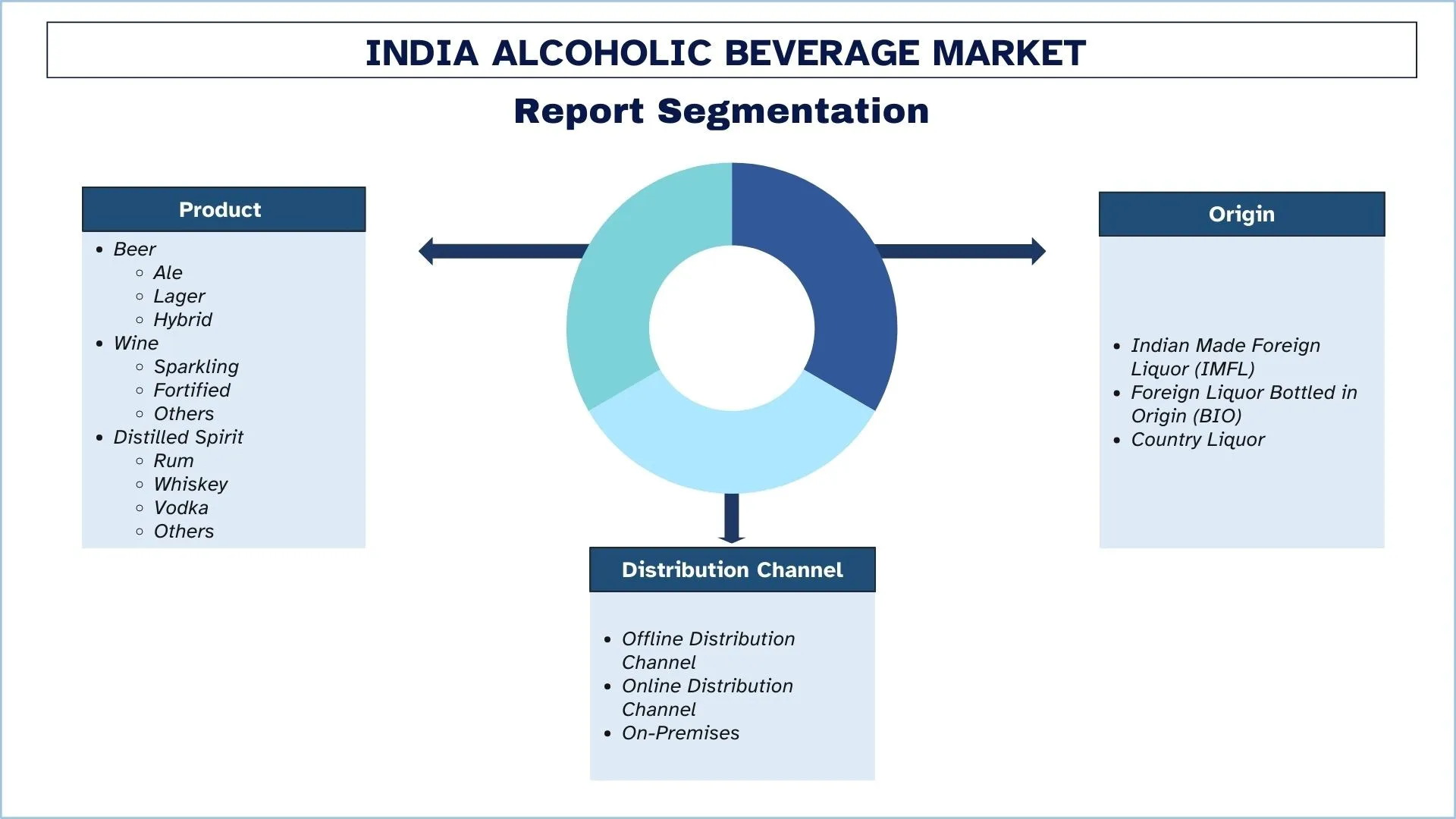
South India Leads the Market
Strong market growth in South Indian alcohol products results from an increasing combination of consumer lifestyle diversity and financial ability, and changing drinking preferences within four states, namely Karnataka, Tamil Nadu, Kerala, and Telangana. The market provides steady consumer interest toward both IMFL spirits and beer products, while the premium and craft sectors witness increased demand in Bengaluru and Hyderabad. The state-controlled distribution networks alongside forward-thinking administrative support for microbreweries in specific regions (Karnataka) produce market changes. Changes in social standards combined with an increasing population of urban young people drive alcohol sales in both on-site and off-site locations, thus establishing South India as an important growth area for national as well as international alcohol operators.

India Alcoholic Beverage Industry Overview
The India Alcoholic Beverage market is competitive and fragmented, with the presence of several country market players. The key players are adopting different growth strategies to enhance their market presence, such as partnerships, agreements, collaborations, new product launches, geographical expansions, and mergers and acquisitions.
Top Indian Alcoholic Beverage Companies
Some of the major players operating in the market include SABMiller plc, Anheuser-busch InBev, Globus Spirits, United Breweries Ltd., Mohan Meakins, Radico Khaitan, Heineken NV, Tilaknagar Inds., and Som Distilleries
Recent Developments in the India Alcoholic Beverage Market
April 2025 – Spaceman Spirits Lab Pvt Ltd, the craft spirits pioneer behind SAMSARA gin, has officially entered India’s premium vodka segment with the launch of AMARA, an artisanal pink vodka.
India Alcoholic Beverage Market Report Coverage
Report Attribute | Details |
Base year | 2024 |
Forecast period | 2025-2033 |
Growth momentum | Accelerate at a CAGR of 6.4% |
Market size 2024 | USD 176.4 Billion |
Regional analysis | North India, South India, East India, and West India |
Major contributing region | South India is expected to dominate the market. |
Companies profiled | SABMiller plc, Anheuser-busch InBev, Globus Spirits, United Breweries Ltd., Mohan Meakins, Radico Khaitan, Heineken NV, Tilaknagar Inds., and Som Distilleries |
Report Scope | Market Trends, Drivers, and Restraints; Revenue Estimation and Forecast; Segmentation Analysis; Demand and Supply Side Analysis; Competitive Landscape; Company Profiling |
By Product, By Origin, By Distribution Channel, By Region |
Reasons to buy the India Alcoholic Beverage Market Report:
The study includes market sizing and forecasting analysis validated by authenticated key industry experts.
The report presents a quick review of overall industry performance at a glance.
The report covers an in-depth analysis of prominent industry peers with a primary focus on key business financials, product portfolios, expansion strategies, and recent developments.
Detailed examination of drivers, restraints, key trends, and opportunities prevailing in the industry.
The study comprehensively covers the market across different segments.
Deep dive regional-level analysis of the industry.
Customization Options:
The India Alcoholic Beverage Market can further be customized as per the requirements of any other market segment. Besides this, UnivDatos understands that you may have your own business needs; hence, feel free to contact us to get a report that completely suits your requirements.
Table of Content
Research Methodology for the India Alcoholic Beverage Market Analysis (2025-2033)
We analyzed the historical market, estimated the current market, and forecasted the future market of the India Alcoholic Beverage market to assess its application in major regions worldwide. We conducted exhaustive secondary research to gather historical market data and estimate the current market size. To validate these insights, we carefully reviewed numerous findings and assumptions. Additionally, we conducted in-depth primary interviews with industry experts across the India Alcoholic Beverage value chain. After validating market figures through these interviews, we used top-down and bottom-up approaches to forecast the overall market size. We then employed market breakdown and data triangulation methods to estimate and analyze the market size of industry segments and sub-segments.
Market Engineering
We employed data triangulation techniques to finalize the overall market estimation and derive precise statistical numbers for each segment and sub-segment of the India Alcoholic Beverage market. We split the data into several segments and sub-segments by analyzing various parameters and trends, including product, origin, distribution channel, and regions within the India Alcoholic Beverage market.
The main objective of the India Alcoholic Beverage Market Study.
The study identifies current and future trends in the India Alcoholic Beverage market, providing strategic insights for investors. It highlights regional market attractiveness, enabling industry participants to tap into untapped markets and gain a first-mover advantage. Other quantitative goals of the studies include:
Market Size Analysis: Assess the current and forecast market size of the India Alcoholic Beverage market and its segments in terms of value (USD).
India Alcoholic Beverage Market Segmentation: The study segments the market by product, origin, distribution channel, and region.
Regulatory Framework & Value Chain Analysis: Examine the regulatory framework, value chain, customer behavior, and competitive landscape of the India Alcoholic Beverage industry.
Regional Analysis: Conduct detailed regional analysis for key areas such as Asia Pacific, Europe, North America, and the Rest of the World.
Company Profiles & Growth Strategies: Company profiles of the India Alcoholic Beverage market and the growth strategies adopted by the market leaders to sustain the fast-growing market.
Frequently Asked Questions FAQs
Q1: What is the current market size and growth potential of the India Alcoholic Beverage market?
The India alcoholic beverage market was valued at USD 176.4 million in 2024 and is projected to grow at a CAGR of 6.4% from 2024 to 2032.
Q2: What are the driving factors for the growth of the India Alcoholic Beverage market?
Rapid urbanization, a growing middle class, and increasing social acceptance of alcohol consumption—especially among younger demographics—are driving steady demand across beer, spirits, and wine categories.
Q3: Which segment has the largest share of the India Alcoholic Beverage market by product?
The beer Market holds the largest market share in the Indian alcoholic beverage market by product segment.
Q4: What are the trends in the India Alcoholic Beverage market?
There is a clear consumer shift toward premium, craft, and flavored alcoholic beverages. Both domestic and international brands are launching small-batch, artisanal products that emphasize quality, experience, and local ingredients to meet evolving tastes.
Q5: Which region will dominate the India Alcoholic Beverage market?
South India is expected to dominate the India Alcoholic Beverage market.
Q6: What are the biggest challenges in the India Alcoholic Beverage market?
India’s alcoholic beverage industry is challenged by complex state-level regulations, inconsistent taxation policies, and advertising restrictions. These create barriers to scalability and hinder national brand visibility, especially for new or expanding players.
Q7: Who are the key players in the India Alcoholic Beverage market?
The leading companies driving innovation in India's ESG and sustainability consulting industry include:
• SABMiller plc
• Anheuser-busch InBev
• Globus Spirits
• United Breweries Ltd.
• Mohan Meakins
• Radico Khaitan
• Heineken NV
• Tilaknagar Inds.
• Som Distilleries
Q8: How are consumer preferences evolving in the Indian alcoholic beverage market?
Indian consumers are increasingly gravitating toward premium, artisanal, and health-conscious alcoholic options. There's a noticeable rise in demand for flavored spirits, craft beers, low-alcohol beverages, and natural ingredients. Younger consumers seek brands that offer experiential value, sustainability, and local authenticity.
Q9: What are the key opportunities for foreign or domestic brands looking to expand in India?
Key opportunities include entering Tier 2 and Tier 3 cities where alcohol consumption is growing, launching premium or craft product lines, and leveraging digital platforms for brand awareness and consumer engagement. Strategic joint ventures, local sourcing, and aligning with regional tastes can help brands gain market share in India’s fragmented but fast-growing market.
Related Reports
Customers who bought this item also bought

